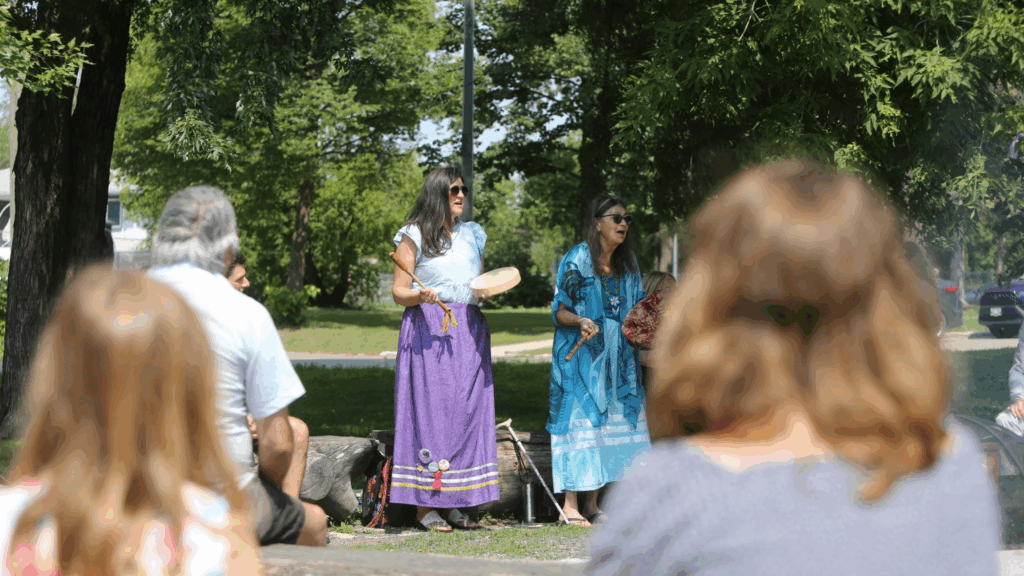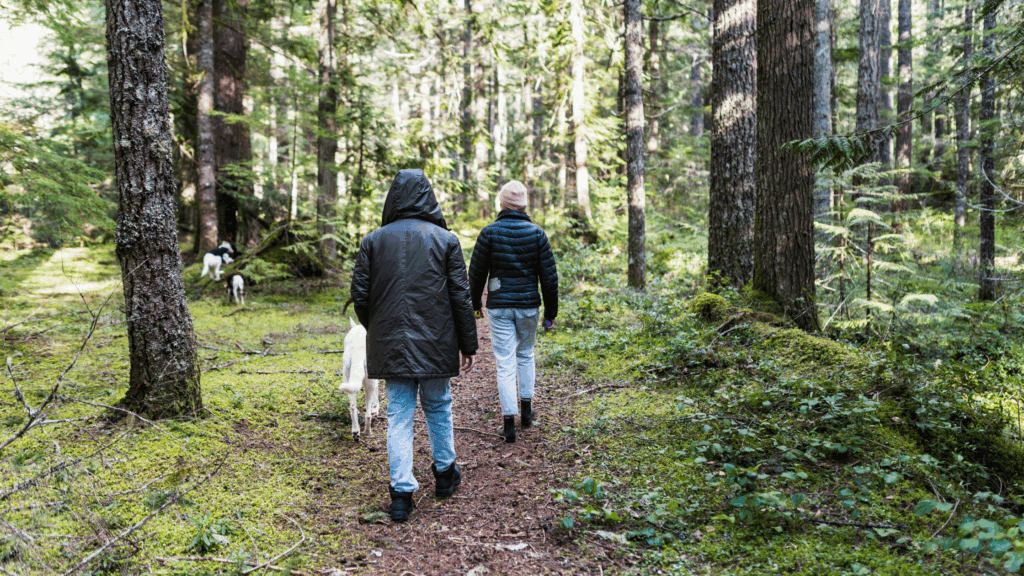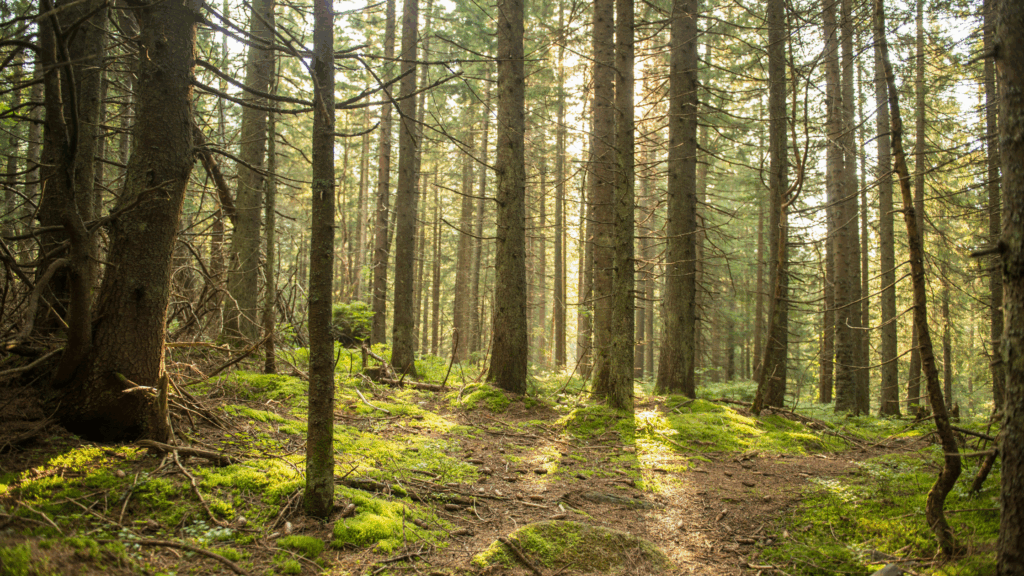We spend a lot of time working with our clients to align their investments with their ESG values. But we also make sure we walk that talk as a company.
One way we do this is through corporate sustainability initiatives that involve sponsoring community initiatives (independent of our impact investments) like this one: the David Suzuki Foundation’s Healing Forests initiative.
This grassroots project started with the National Healing Forests Initiative in 2015, which came to life in the spirit of Indigenous reconciliation. Its founders, Patricia Stirbys, a Saltaux Cree lawyer, and Peter Croal, an exploration geologist, had gone on a healing walk after the release of the national Truth and Reconciliation Commission of Canada’s Calls to Action report. That moment became the genesis for their idea: to create forested healing spaces that honour residential school victims, survivors and their families, in addition to murdered and missing Indigenous women and girls, and children who have been or were removed from their families.
Today, these spaces have become living memorials and gathering grounds for both Indigenous and non-Indigenous people, promoting healing, reconciliation and shared learning within communities. “We believe that reconciliation requires meaningful action,” says Stephanie Tsui, Chief Sustainability Officer at Genus Capital Management. “The Healing Forests initiative represents a powerful way to bring communities together in the spirit of healing and remembrance, and we’re proud to play a small part in supporting that work.”
Growing Healing Forests across Canada

What started as a single forest has now grown to encompass 26 healing forests across the country.
The David Suzuki Foundation joined the initiative to help expand the Healing Forests network by working in collaboration with Indigenous communities and local groups and providing resources and guidance. With Stirbys and Croal as pivotal partners in this work, the last three years have seen the collaboration help to establish 18 new forests – each co-created by Indigenous and non-Indigenous groups reflecting local culture, land histories and community needs.
These forests are diverse – each one as unique as the landscape that surrounds it. They may be located in urban parks, on school grounds or hospital campuses, as well as on private lands and in wilderness areas. Examples include Balaclava Park in Vancouver, Indigenous Friendship Centres, rural woodlots and repurposed historic sites. You can learn about some of the specific locations here.
How forests promote healing and reconciliation

Anyone who likes to hike, walk or simply spend time in natural outdoor spaces knows the healing power of trees. Studies have shown that forests in our urban environments play a therapeutic role in reducing depression and anxiety, improving blood pressure and heart rate, decreasing stress, and even boosting immunity. Healing Forests taps into the restorative power of nature by way of forest bathing, walking trails, meditation and spiritual ceremonies to support mental, spiritual and emotional well-being.
“As a sustainability-focused organization, we see the profound connection between people, nature and healing,” Tsui says. “Supporting projects like Healing Forests aligns with our belief that true sustainability is about nurturing both the planet and the people who call it home.”
These forests play a critical role in reconciliation, too. Many Indigenous Peoples see forests as sacred, inhabited by spirits and ancestors. They are considered places for ceremony and connection to something larger than life. They’re also about honour and memory, enabling communities to dedicate trees, medicinal gardens and calming spaces to honour those affected by past traumas, and to foster ongoing remembrance. Some of the locations even integrate cultural teachings, reconciliation circles, artwork and outdoor classrooms to encourage understanding and dialogue
“Healing takes time and partnership,” Tsui says. “That’s why we’re committed to making it possible to create spaces for reflection and dialogue, and support the important work of reconciliation in Canada.”
Interested in aligning your investments with your values? Get started today with our values-based investment services.
Impact investments involve financial risk, and returns are not guaranteed. Investors should consider their financial goals, risk tolerance, and consult a financial professional before investing.
References:
Truth and Reconciliation Commission of Canada. (2015). Truth and Reconciliation Commission of Canada: Calls to action. https://www2.gov.bc.ca/assets/gov/british-columbians-our-governments/indigenous-people/aboriginal-peoples-documents/calls_to_action_english2.pdf
- Siah, C. J. R., Goh, Y. S., Lee, J., Poon, S. N., Yong, J. Q. Y. O., & Tam, W. W. (2023). The effects of forest bathing on psychological well‐being: A systematic review and meta‐analysis. International Journal of Mental Health Nursing, 32(4), 1038–1054. https://doi.org/10.1111/inm.13131
- Li, Q. (2022). Effects of forest environment (Shinrin-yoku/Forest bathing) on health promotion and disease prevention —the Establishment of “Forest Medicine”—. Environmental Health and Preventive Medicine, 27(0), 43. https://doi.org/10.1265/ehpm.22-00160











